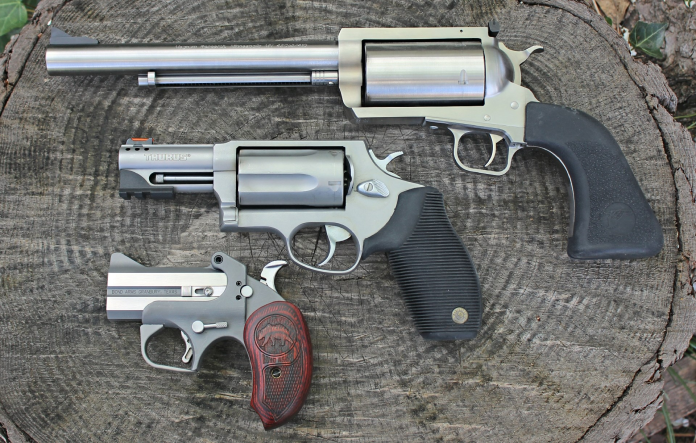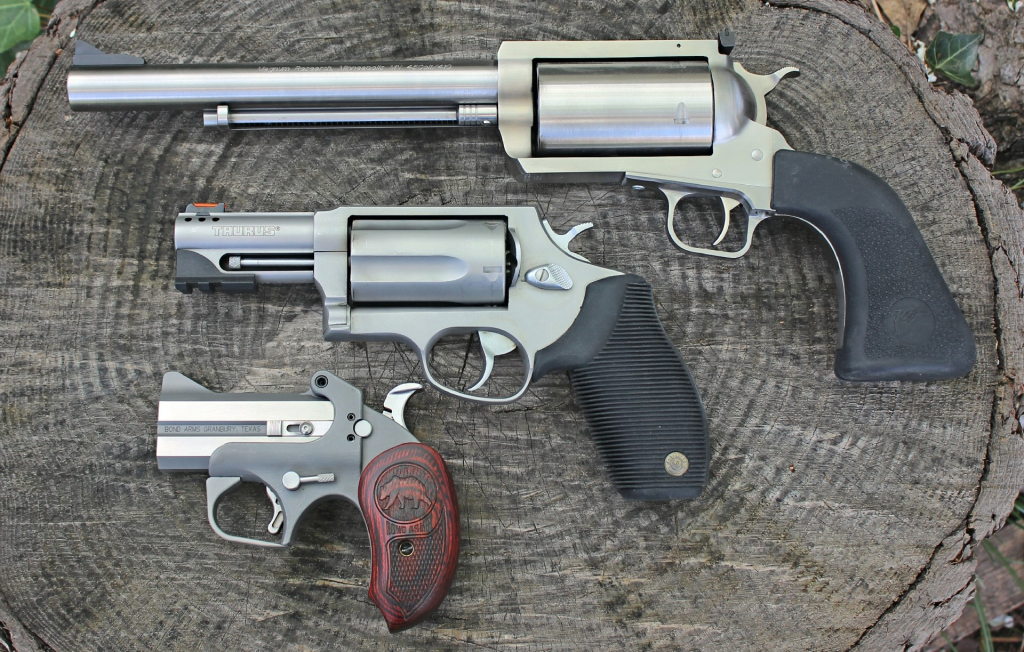
“Caliber is irrelevant if you get your shot in the correct location.” It’s a mantra mindlessly repeated at gun stores and online. But in actual lifesaving interactions, the cartridge can decide success almost as much as firearms skill. Contemporary ballistics research, decades-long law enforcement careers, and street-tested defensive interactions all counsel a dire reality: certain handgun calibers uniformly underachieve where it counts most.
For self-defense instructors, gun owners, and concealed carriers, it is equally necessary to learn which rounds don’t work as it is necessary to learn which rounds do work. The following list investigates eight calibers that should not be carried on a day-to-day basis either because they offer too little penetration, have a shaky ignition, pack too much recoil, or are simply unrealistic for practical use in street defense. All articles use ballistic gel evidence, historical reference, and expert witness to describe why these rounds are double worth considering prior to being loaded in a carry weapon.
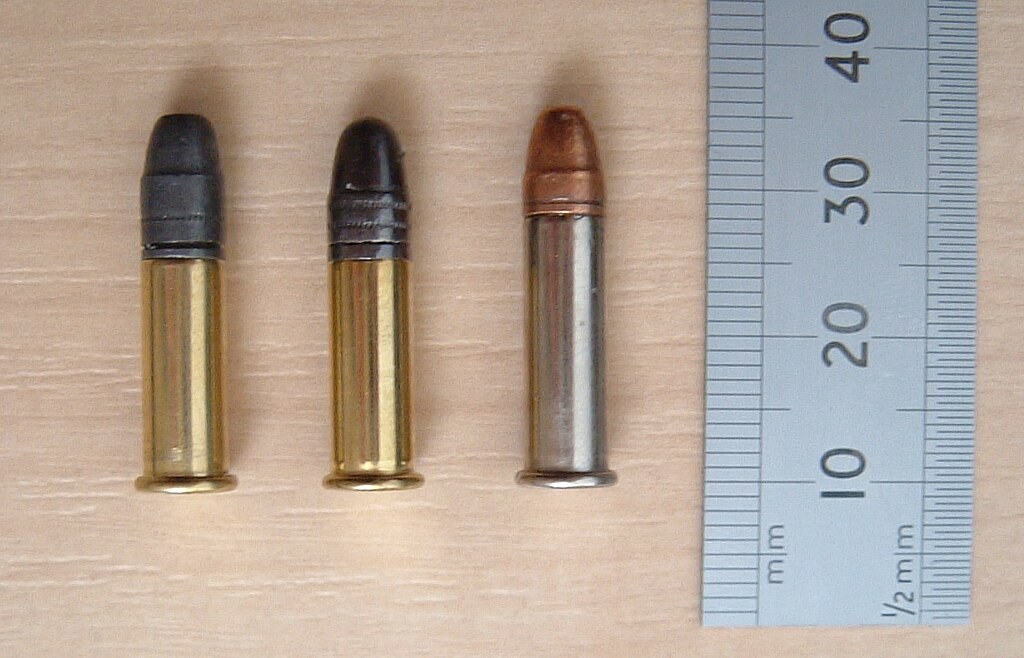
1. .22 Long Rifle: Widespread Use but Challenging
The .22 LR is the world’s most manufactured cartridge, prized for its minimal recoil, quiet report, and cheap cost. Yet its rimfire nature inherently has greater misfire rates usually 1–2% in high-quality loads and as much as 8–10% in bulk. Muzzle energy frequently falls below 200 ft‑lbs, and ballistic gel tests show it often fails to meet the FBI’s 12–18 inch penetration standard, especially through heavy clothing. Whereas premium loads like CCI Stinger will provide to 13 inches of gel, tested by Guns.com, the majority of bulk options are short at 10.5 inches. Experts point out that while deadly in ideal placement, the .22 LR leaves scant room for error under defense conditions.
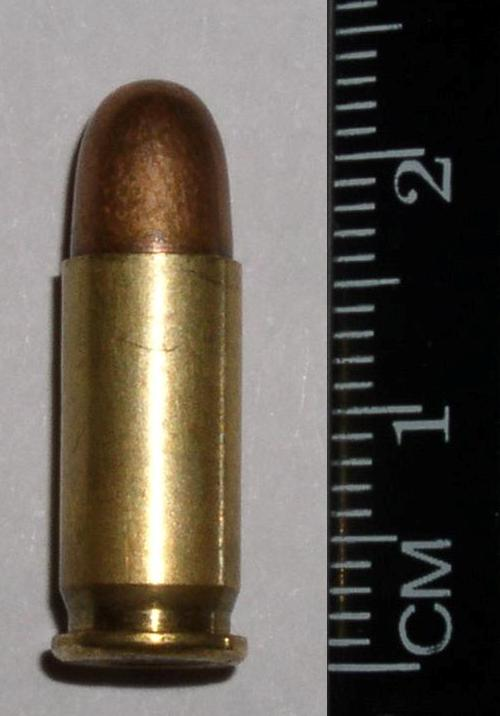
2. .25 ACP: Retro Power in a Little Package
Developed in 1905 as a centerfire replacement for the .22 LR, the .25 ACP has little improved reliability but much less ballistic performance. Average muzzle energy is around 64 ft‑lbs around one quarter of the minimum 220–300 ft‑lbs often cited as desirable for self-defense. Gel penetration testing with top-quality loads such as Speer Gold Dot and Hornady Critical Defense achieves only 8–11 inches of penetration with little expansion. As Lt. Col. Jeff Cooper joked humorously, “Carry a .25 if you enjoy it, but never load it.” Contemporary micro‑.380 pistols are nearly that small but possess much better terminal ballistics.
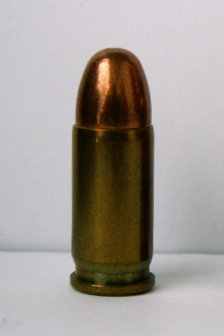
3. .32 ACP: A Century Behind Time
John Browning’s 1899 design once equipped police and military forces, but today’s testing puts it between the .22 LR and service calibers in effectiveness at stopping the threat. Muzzle energy is 125–170 ft‑lbs, average, and expansion behind heavy cloth is uneven. Though firearms such as the Walther PPK are still in collectors’ hearts, the cartridge’s shallow penetration and old platforms make it not the best option for swift threat elimination. Availability of ammunition is also poor, with little ammunition designed to offer contemporary FBI performance specifications.
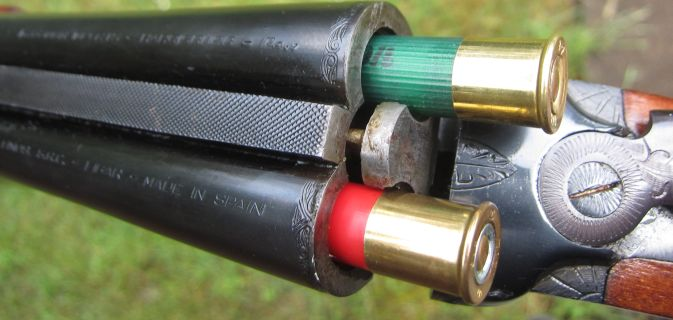
4. .410 Shotshell in Revolvers: Spread Without Stopping Power
Revolver popularity with handguns such as the Taurus Judge is founded on the capability to chamber .410 shotshells, with the potential for shotgun-like spread on a handgun. Short barrels in training lower velocity, and birdshot loads penetrate 4–8.5 inches of gel far short of defense needs. Even 000 buckshot loads fall behind service calibers in energy transfer. Composite-payload bullets like Winchester PDX1 provide better penetration slugs up to 18 inches, BBs up to 24 inches but with a need for accurate shot placement. As our testing at American Rifleman attests, birdshot is better used against varmints, rather than personal protection.
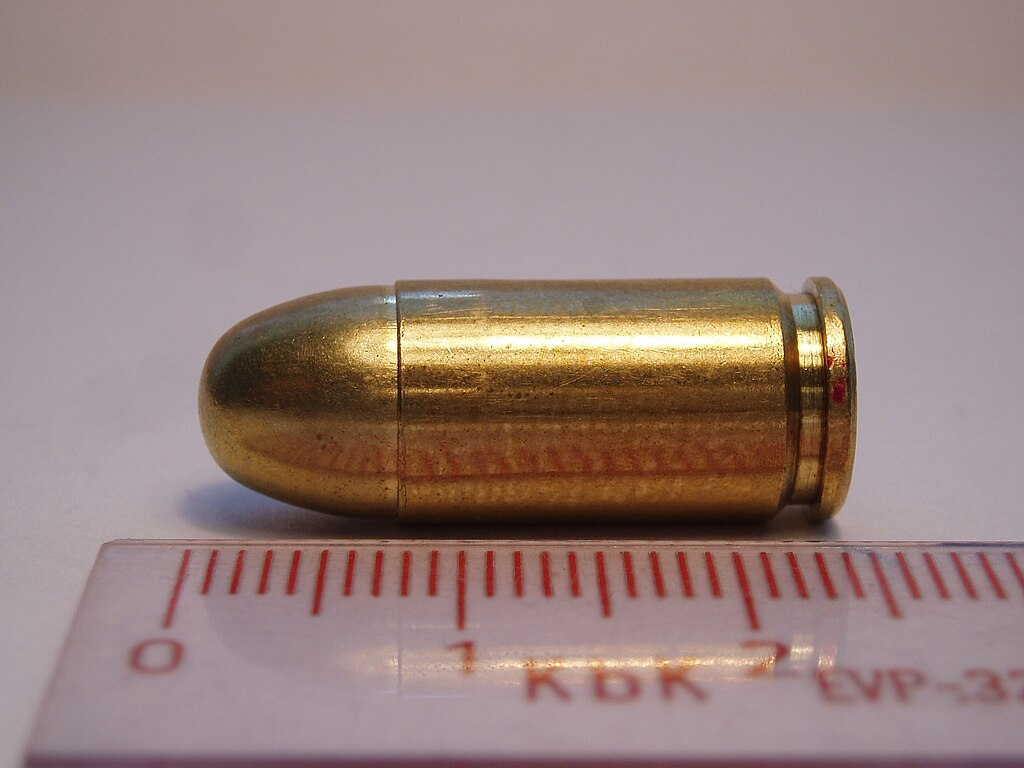
5. .380 ACP with Low-Performance Loads: Marginal Without Careful Selection
The .380 ACP will work, but most conventional loads won’t pass through 12 inches of gel in short-barreled pistols. Hornady Critical Defense .380, for instance, recorded an average of 13 inches in one test but experienced rounds under-penetrating at 10 inches and one over-penetrate from failure to expand. Short of 1.5× bullet diameter expansion is normal. High-end choices such as Federal HST Micro or Speer Gold Dot are experts’ favorites and advise that cartridge selection is paramount otherwise, the shooter loses concealment for questionable terminal performance.
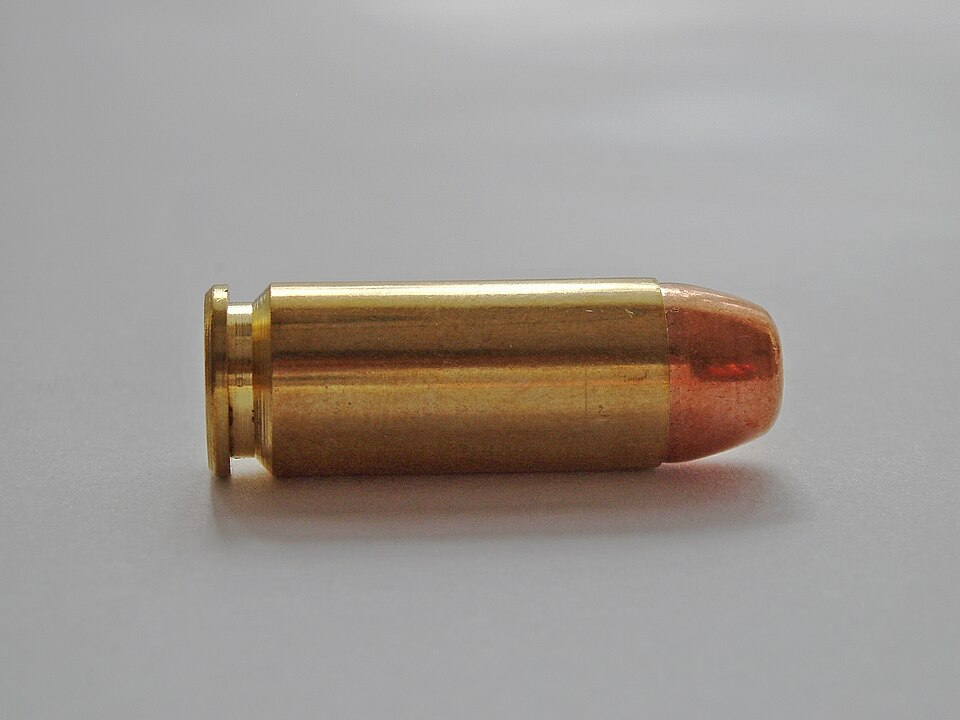
6. 10mm Auto: Powerful But Evil
First adopted by the FBI following the 1986 Miami shootout, the 10mm Auto produces more than 600 ft‑lbs of power with .41 Magnum‑matched penetration.
This is achieved at the cost of heavy recoil, jolting muzzle blast, and over‑penetration potential in city environments. Though enthusiasts comment that recoil is under control in full-sized pistols and cartridge flexibility permits both human and animal protection, most defensive trainers use 9mm or .45 ACP for optimum control and stopping power equation. As Gritr Sports points out, in the hands of an expert the 10mm performs well but for most it’s too big a gun to carry for EDC.
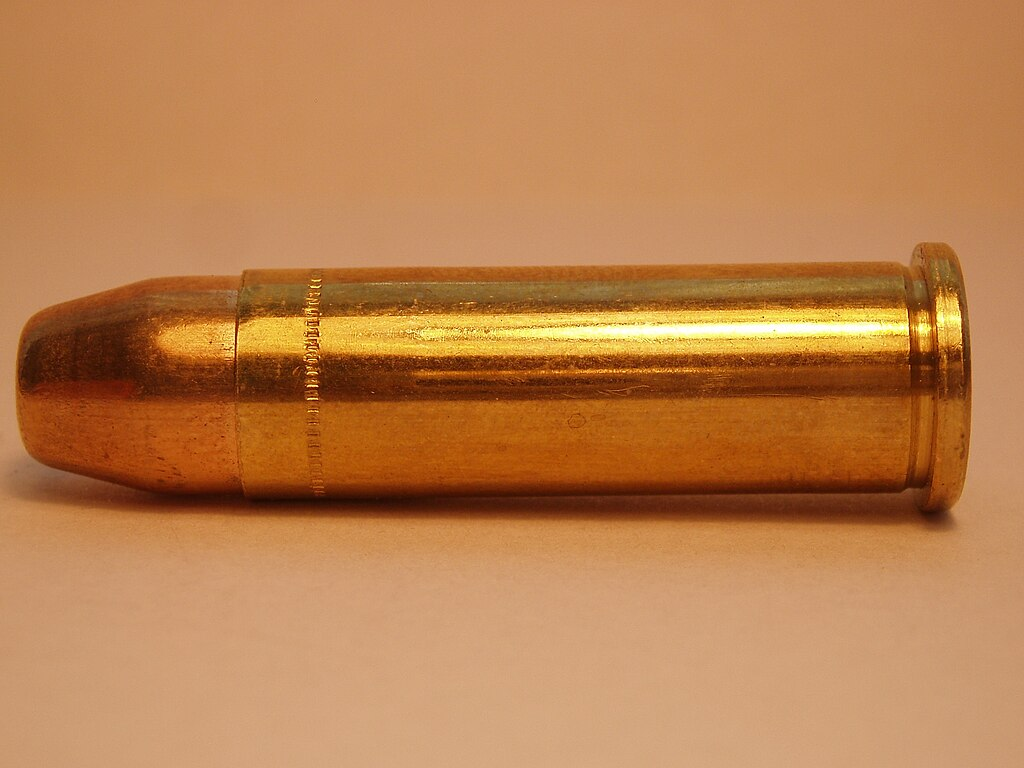
7. .38 Special from Ultra‑Short Barrels: Tradition Meets Physics
The .38 Special has a storied defensive record, but in snub‑nose revolvers with barrels under two inches, velocity loss hampers hollow point expansion. Many +P loads barely reach the FBI’s 12‑inch minimum, and recoil in lightweight frames can slow follow‑up shots. Lucky Gunner’s gel tests show that while some +P loads perform acceptably, standard pressure rounds often under‑penetrate. Matching ammunition to barrel length and practicing regularly are essential to mitigate these limitations.
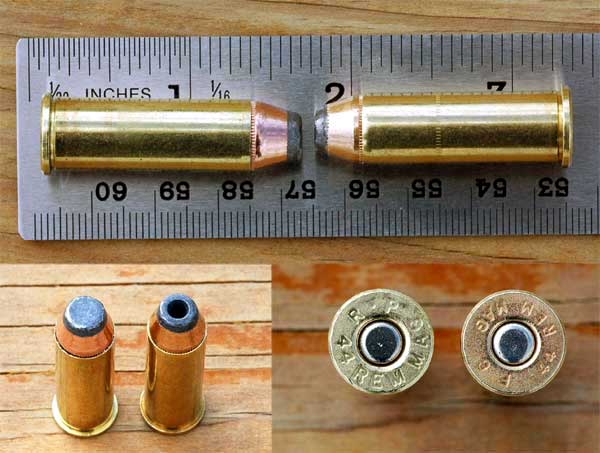
8. .44 Magnum: Wilderness Power, Urban Danger
Hollywood famous, the .44 Magnum sends more than 1,000 ft‑lbs of energy and penetration pliant to big game but perilous in suburbia.
Excessive penetration through multiple walls is a major concern, and the immense recoil of large‑frame wheelguns impairs quick recovery between shots. USCCA testing of high‑energy ammunition highlights the possibility of accidental injury during in‑home self-defense scenarios. For all situations other than the most extreme home defense or concealed carry cases, service calibers such as 9mm or .45 ACP provide a safer, more practical compromise. Caliber selection always represents a compromise between power, control, and reliability.
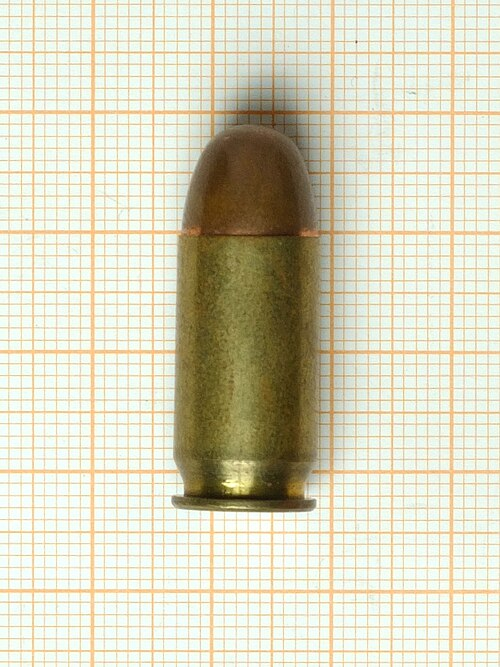
The eight discussed here are not lethal, but they require compromises that most shooters cannot pay in high‑stress defensive shooting situations. New generation service cartridges 9mm, .40 S&W, and .45 ACP shooting well proven defensive ammunition consistently satisfy performance requirements without excessive recoil or penetration. For self-defense, all‑power-at-any‑cost is not desired, but the capability to produce accurate, useful fire when necessary.
